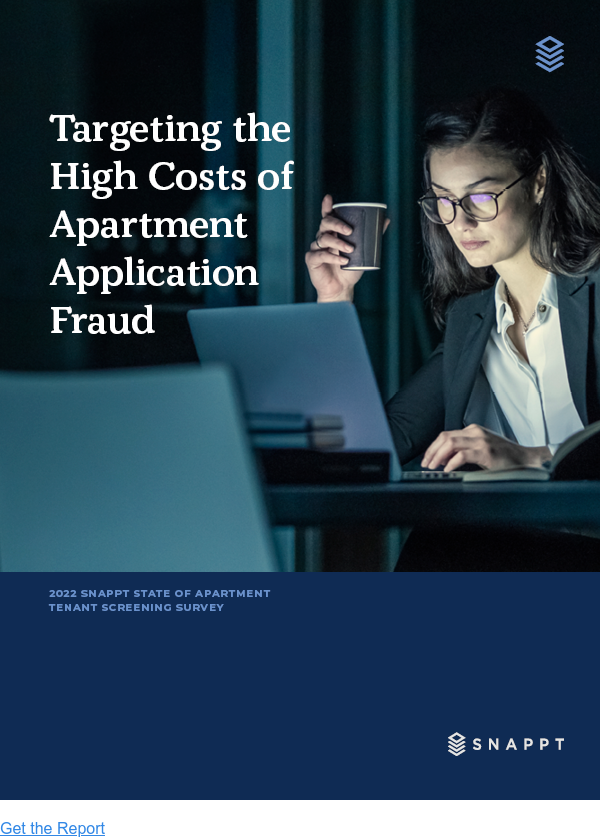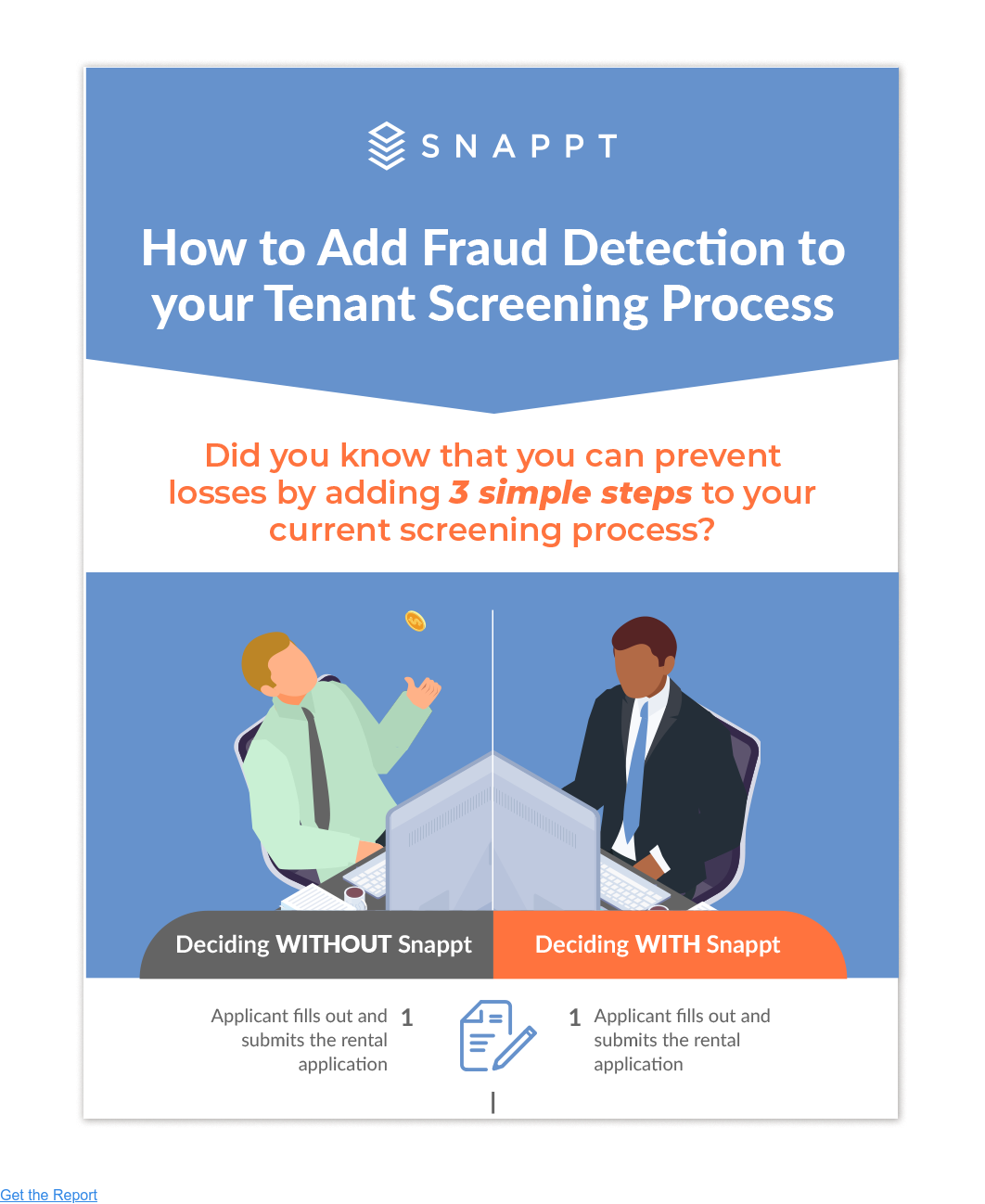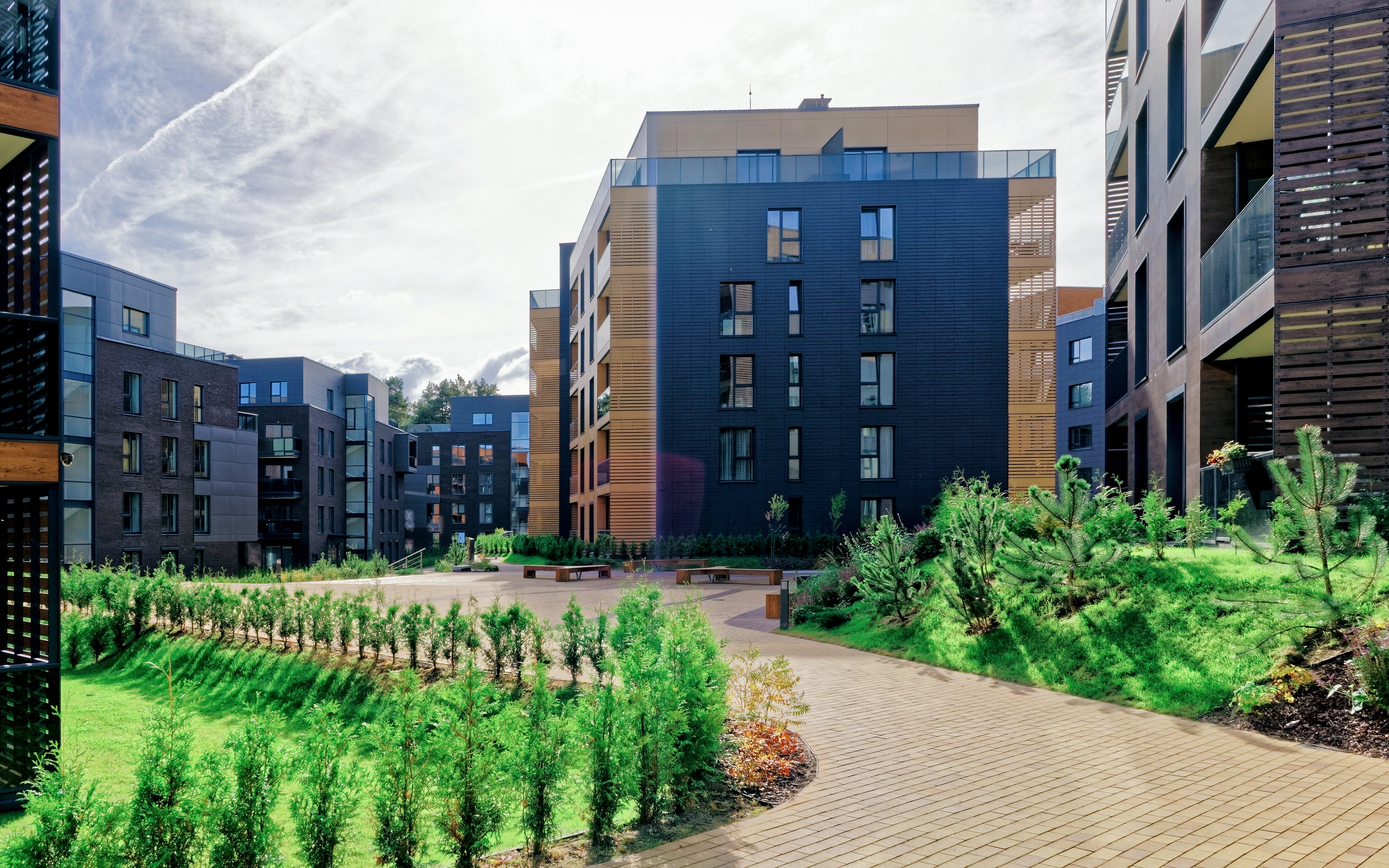In today’s rental market, many applicants prefer to search online for an apartment. Real estate marketing teams are continually looking for new ways to create “stickiness” on their property websites to keep a potential tenant there longer and eventually convert to a lease.
While websites serve as one of the most considerable marketing costs for landlords, they can also serve as an important revenue builder. In fact, most landlords can’t survive without them in today’s competitive market.
Apartment shoppers spend more time online searching for apartments, comparing amenities, neighborhood crime rates, photos, utility costs and much more. They delay talking to leasing agents for as long as possible until they have successfully narrowed down their search. For this reason, it’s crucial for property managers to ensure their websites are easy to use, up-to-date and always engaging.
Finding the right balance for apartment owners and managers is key – not providing too much information but also providing enough so they can create a lease on the spot. For example, some important facts that applicants may want to see on a property manager’s website are the cost of renting the unit, utilities, parking, Internet and mobile phone accessibility, pet-friendly, nearby shopping areas and restaurants, and interactive floor plans.
Apartment Websites: Tricks of the Trade
The best way to get apartment seekers to stay on a website longer – and to ensure they are more likely to pick one company over another – is to use interactive tools. It is important to note that potential renters commonly admit price, location and community environment as the top three criteria they use to evaluate a property.
What does this mean for apartment owners and property managers? They should consider incorporating the following elements within their website:
· Floor plan assessments
· Monthly budget calculators
· Tour schedulers
· Walking scores and things to do in the area
· Property videos
According to industry experts, it’s also essential to feature interactive questions on an apartment listing website. Prospective applicants can be asked about activities they enjoy doing the most and the types of places they require to be near their new apartment. Answers to these questions can help keep potential applicants engaged and keep a listing in the running. This strategy, combined with guided online apartment tours, is the number one way to increase potential applicants to a specific property management building.
In addition, interactive websites provide real estate marketing teams with more data and statistics on potential renters and their preferences. Some other factors to consider include:
· Featuring a follow-up tool to use once they leave the site (cookies)
· Capturing email addresses
· Having an “Apply Now” button
· Using a Find-a-Roommate function
· Including credit check buttons
The bottom line: taking a closer look at the way apartment websites serve as vital marketing tools is a must-do. It is where owners and property managers should be investing marketing dollars, and the ROI can be calculated as they progress toward their business goals.











